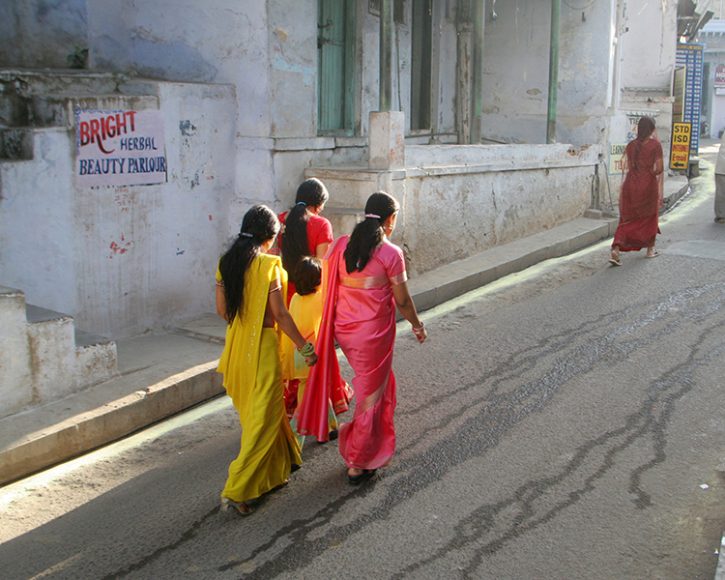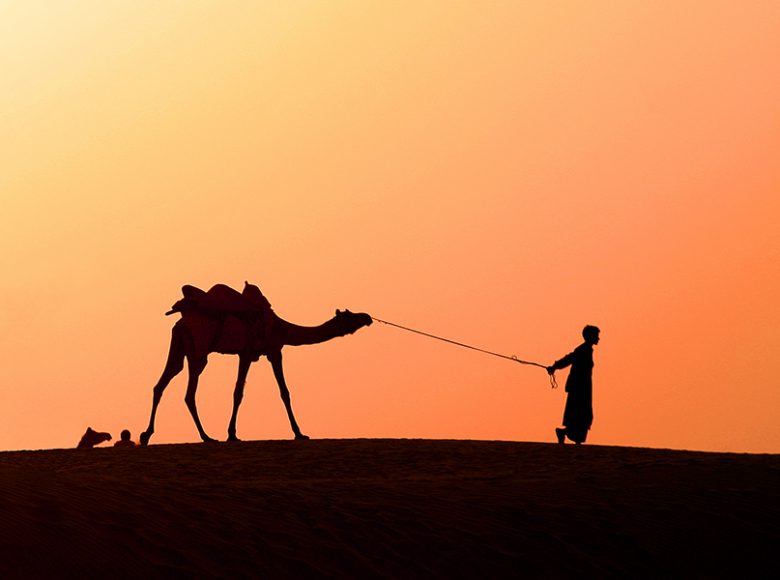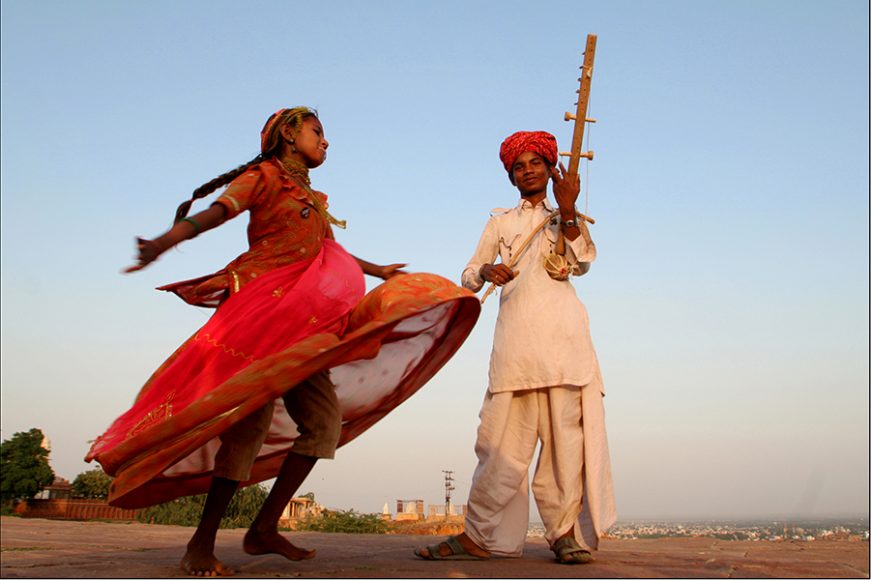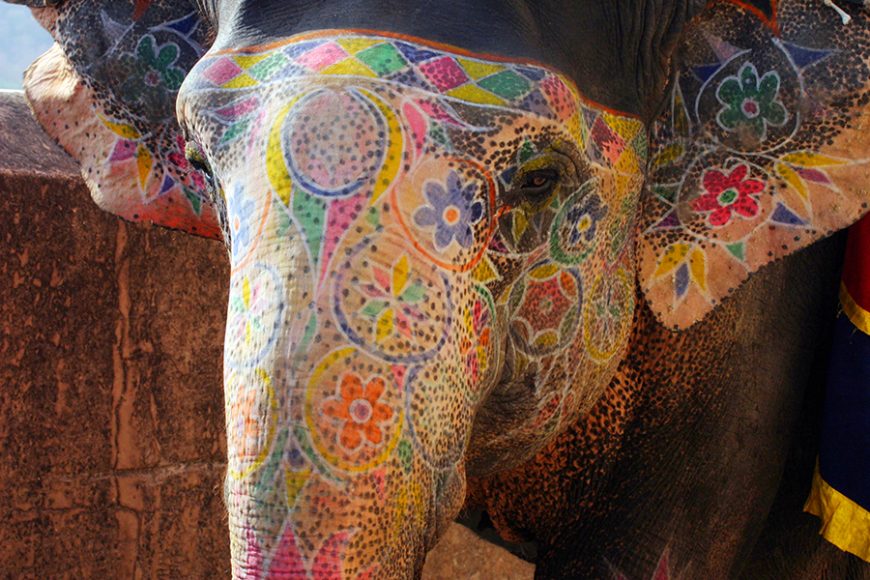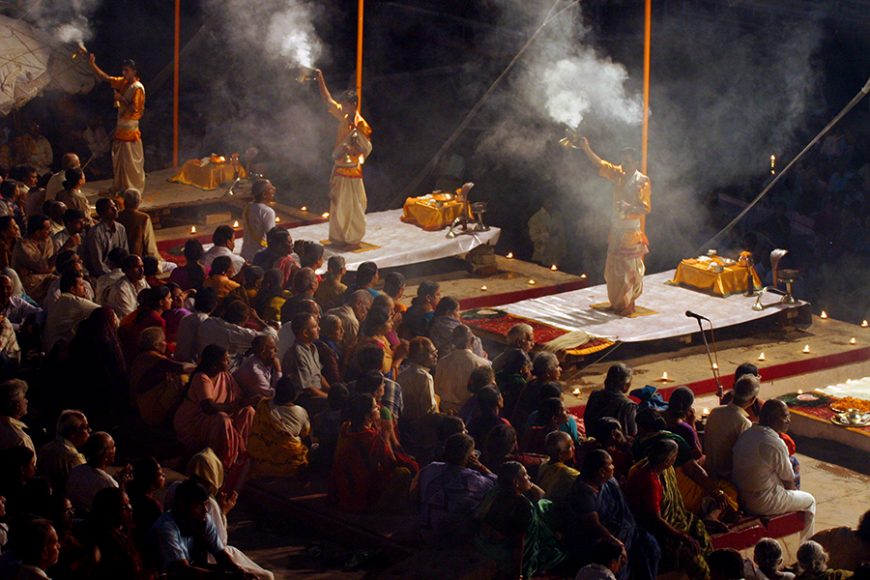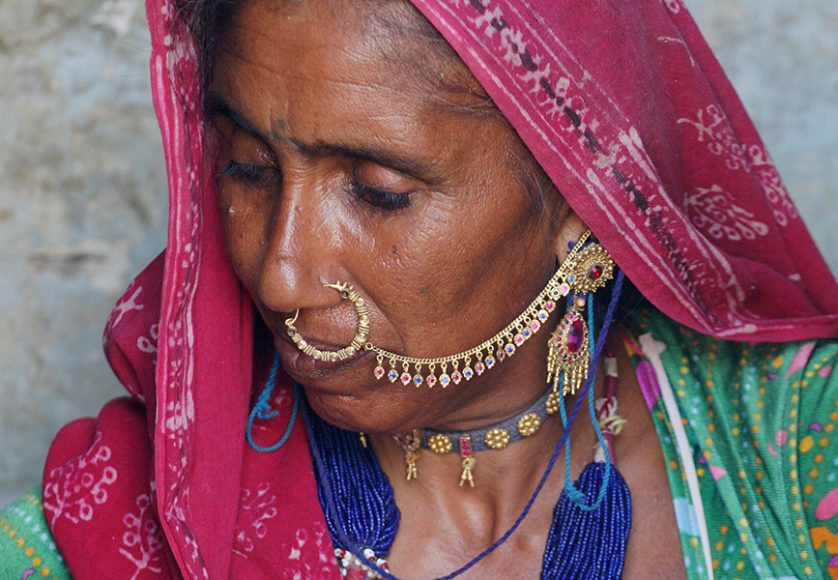To understand India’s amazingly diverse and enchanting culture fully, you would normally need a great deal of time.
However, with both Hindi and English widely spoken, the ability to get to know these people is quite easy. It is the only 5,000-year-old culture in the world that speaks English as a second language. Hospitality, respect for traditions that transcend generations and the ability to adapt to other cultures without sacrificing their own are qualities that make Indians unique worldwide. This country will warmly take you in, and then astonish you with a sensuousness and sensuality that seamlessly blend the sacred and the profane and manifests itself in all of the arts and religious practices.
The River Ganga (Ganges) is considered sacred and holds an important place in the Hindu religion. Hindus believe life is incomplete without bathing in the river at least once in their lifetimes. It is believed that drinking water from the Ganges with one’s last breath will take the soul to heaven.
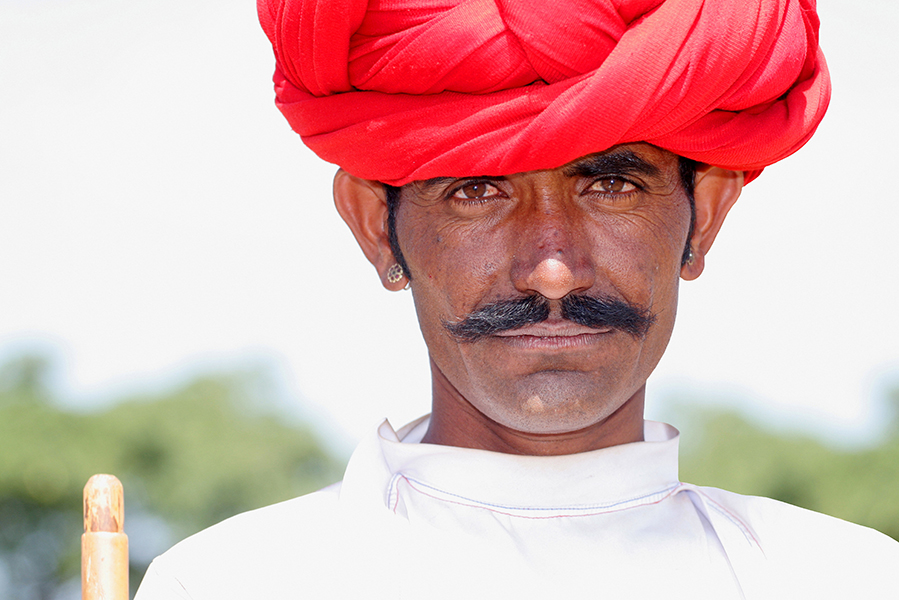
For thousands of years, the people of India have adorned themselves with jewelry created for almost every part of the body, such as rings, earrings, bangles, chains, anklets and crowns. In today’s India, although new styles have emerged to cater to
urban tastes, the traditional style is still often the first choice. The Indian legacy of creating jewelry is considered to be the longest in the world.
Nose piercing was brought to India in the 16th century from the Middle East. The ring, called a nath, is usually worn in the left nostril and can be joined to the ear with a chain. Nose rings are worn predominantly by Hindu women. Usually the left nostril has the piercing because it is associated with the female reproductive organs and a piercing in that area is said to make childbirth easier and menstrual pain less. Many Indian women have their noses pierced at the age of 16, which was considered an appropriate age to marry at one time. In some parts, once a woman is married, the nose ring is never removed. But in today’s India, young girls often wear nose rings as a fashion statement having nothing to do with marriage.
Havelis of Rajasthan, a northern Indian state bordering Pakistan, are the symbol of a rich cultural heritage that represents the glory and splendor of yesteryear. Once the residential palaces of kings, thakurs (lords) and rich merchants, havelis incorporate Hindu, Mughal and Rajput styles with exquisite carvings on walls, elegant facades and elaborate balconies. Today, Rajasthan havelis are storehouses of antique objects and memorabilia that were used by the royal families during the ancient and medieval periods.
In India, the past is no further from the present than the spiritual is from the sensual.
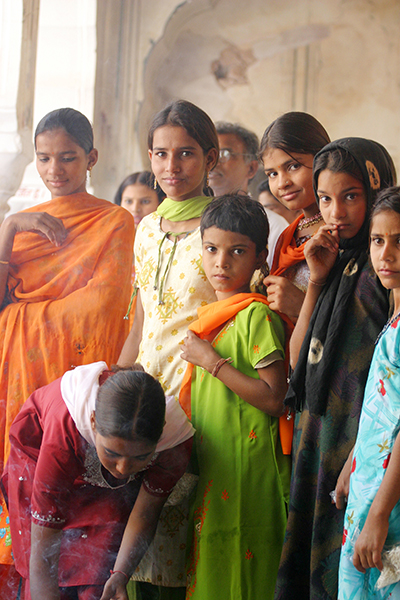
John Rizzo’s ImPRESSIONS:
1. As the sun was setting outside the Mehrangarh Fort in Jodhpur, a brother and sister team, with the parents close by, got inspired by my interest in their music. For a full 10 minutes, this young girl gave me her most creative dance, even stumbling at one point from dizziness caused by her great effort. The instrument her brother was playing is called a pena, a bowed lute used in folk music, constructed of a bamboo rod attached to a gourd shell.
2. A 10-year-old boy was leading his camel across the sand dunes in the Thar Desert, approximately 44 miles outside the fortified city of Jaisalmer. Earlier in the day, he was seen listening intensely to a transistor radio pushed against his ear while following the cricket matches that were being played in Mumbai.
3. A nomadic, tattooed shepherd is wearing the customary red turban for his caste while caring for his goats in the Thar Desert region of Rajasthan. There are four “varnas,” or social classes, with specific duties for each class. The Brahmins (teachers, scholars and priests), the Kshatriyas (kings and warriors), the Vaishyas (agriculturists and traders) and the Shudras (service providers and artisans). Although not as strictly adhered to in modern times, many occupations are still created based on heredity.

